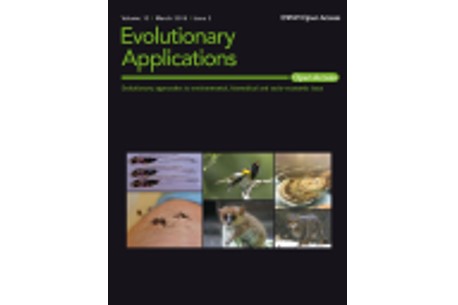Published in: Evolutionary Applications
Authors: Pierre de Villemereuil, Alexis Rutschmann, John Ewen, Anna Santure & Patricia Brekke
Abstract:
Many bird species have been observed shifting their laying date to earlier in the year in response to climate change. However, the vast majority of these studies were performed on nonâ€threatened species, less impacted by reduced genetic diversity (which is expected to limit evolutionary response) as a consequence of genetic bottlenecks, drift and population isolation. Here, we study the relationship between lay date and fitness, as well as its genetic basis, to understand the evolutionary constraints on phenology faced by threatened species using a recently reintroduced population of the endangered New Zealand passerine, the hihi (Notiomystis cincta). A large discrepancy between the optimal laying date and the mode of laying date creates a strong selection differential of −11.24. The impact of this discrepancy on fitness is principally mediated through survival of offspring from hatchling to fledgling. This discrepancy does not seem to arise from a difference in female quality or a tradeâ€off with lifetime breeding success. We find that start of breeding season depends on female age and average temperature prior to the breeding season. Laying date is not found to be significantly heritable. Overall, our research suggests that this discrepancy is a burden on hihi fitness, which will not be resolved through evolution or phenotypic plasticity. More generally, these results show that threatened species introduced to restored habitats might lack adaptive potential and plasticity to adjust their phenology to their new environment. This constraint is also likely to limit their ability to face future challenges, including climate change.
You can find the article here
